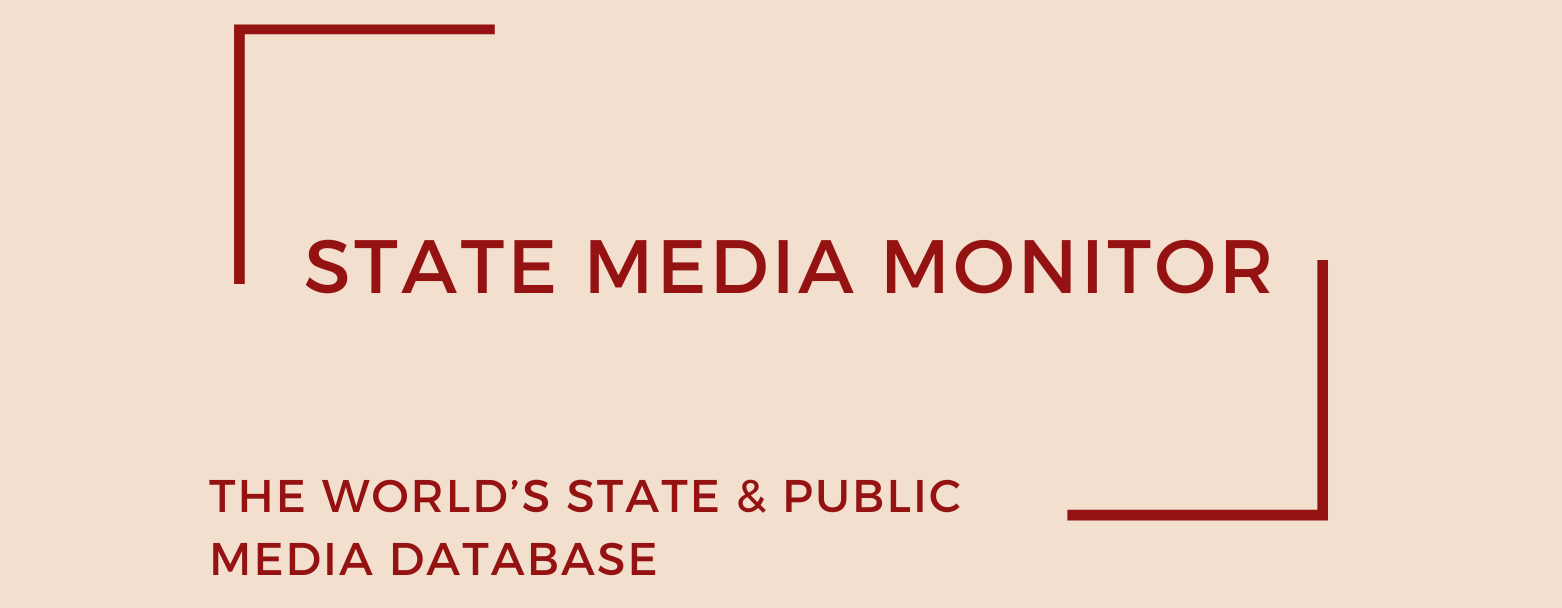Voice of Vietnam (VOV)
The Voice of Vietnam (VOV) serves as the national radio broadcaster of the Socialist Republic of Vietnam and stands as one of the country’s most enduring media institutions, having been established in 1945 in the early days of national independence. Over the decades, VOV has expanded well beyond its original remit, now operating a media network that includes multiple national radio stations, a television channel (VOVTV), and a digital news platform. In 2025, as part of a major restructuring of the country’s media system, VOVTV was shut down. VOV’s online presence offers real-time webcasts of all its radio channels as well as archived content and multimedia features. In addition, VOV publishes Tiếng Nói Việt Nam, a bimonthly newspaper circulated nationwide, further extending its influence across print and digital media.
Media assets
Radio: VOV1, VOV2, VOV3, VOV5, VOV6, VOV Traffic Service, VOV FM 89 MHz, VOV English
Publishing: Tieng Noi Viet Nam
State Media Matrix Typology
Ownership and governance
VOV is legally defined as a government agency under the jurisdiction of the Ministry of Information and Communications, in accordance with Government Decree No. 03/2018/NĐ-CP. This decree entrusts the broadcaster with the dual role of information dissemination and political communication, requiring its operational strategy and development roadmap to be approved by the Prime Minister’s Office. As such, VOV is structurally embedded within the state apparatus and its leadership is politically appointed.
In June 2021, Đỗ Tiến Sỹ, a senior member of the Communist Party’s Central Committee and a sitting National Assembly deputy, was appointed President of VOV by Deputy Prime Minister Phạm Minh Chính. As of mid-2025, Đỗ Tiến Sỹ remains in post, overseeing all strategic and editorial operations.
Source of funding and budget
VOV’s operations are financed almost entirely through the state budget, in line with its designation as a public administrative unit. Vietnamese media experts and journalists confirm that, as a government body, VOV’s financial resources are drawn from public funds allocated through annual national budget planning processes. There is no evidence of significant commercial revenue streams or private investment.
Editorial independence
VOV operates within a framework that prioritizes state control over editorial autonomy. The same government decree that defines its institutional structure also mandates its role in “propagating the Party’s policies and the State’s laws.” Consequently, VOV functions as a mouthpiece for the Communist Party of Vietnam, with its editorial agenda aligning closely with state messaging.
There is no legal framework or institutional mechanism in place to safeguard its editorial independence or protect it from government interference. This absence of external oversight or statutory protection reinforces VOV’s role as a state-controlled media outlet, rather than an independent public broadcaster.
August 2025
Citation (cite the article/profile as part of):
Dragomir, M. (2025). State Media Monitor Global Dataset 2025.
Media and Journalism Research Center (MJRC).
Zenodo.
https://doi.org/10.5281/zenodo.17219015
This article/profile is part of the State Media Monitor Global Dataset 2025, a continuously updated dataset published by the Media and Journalism Research Center (MJRC).
